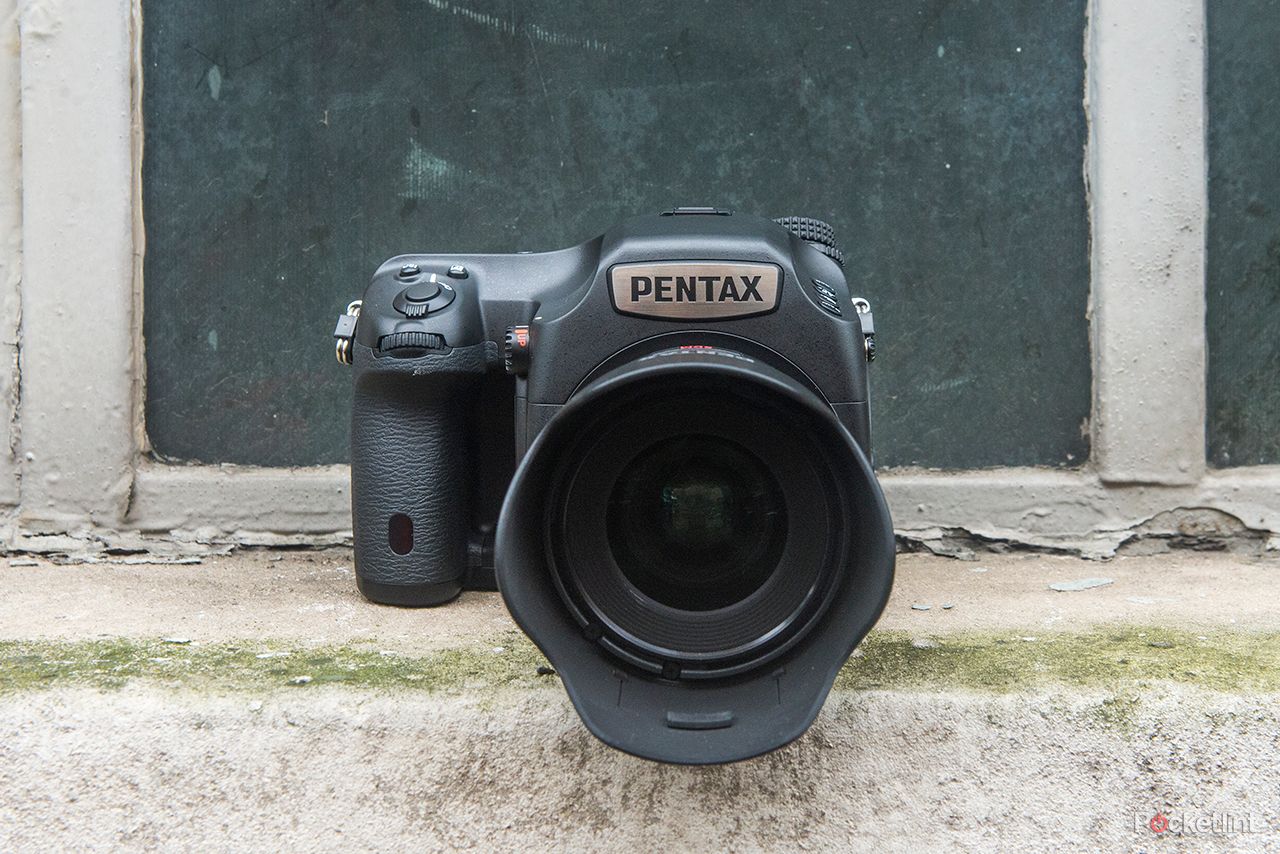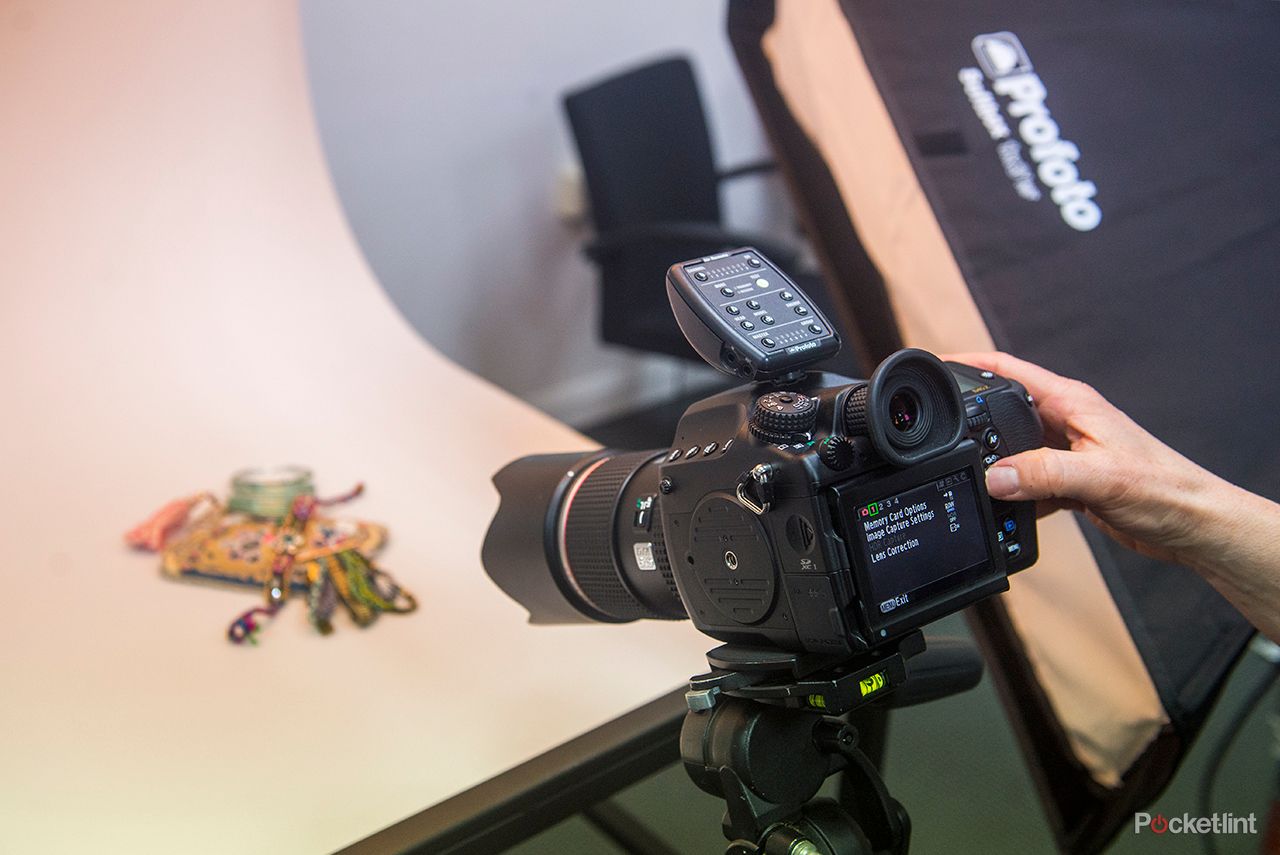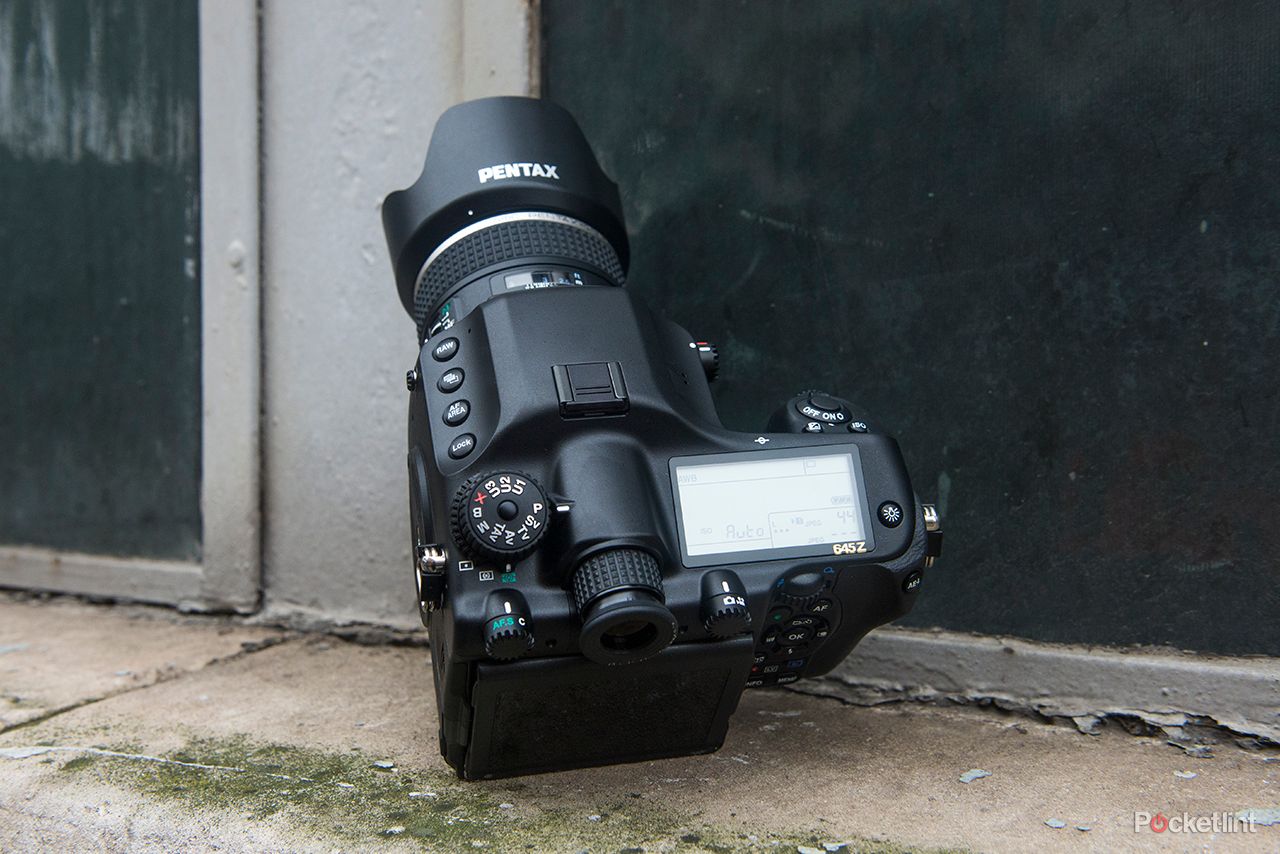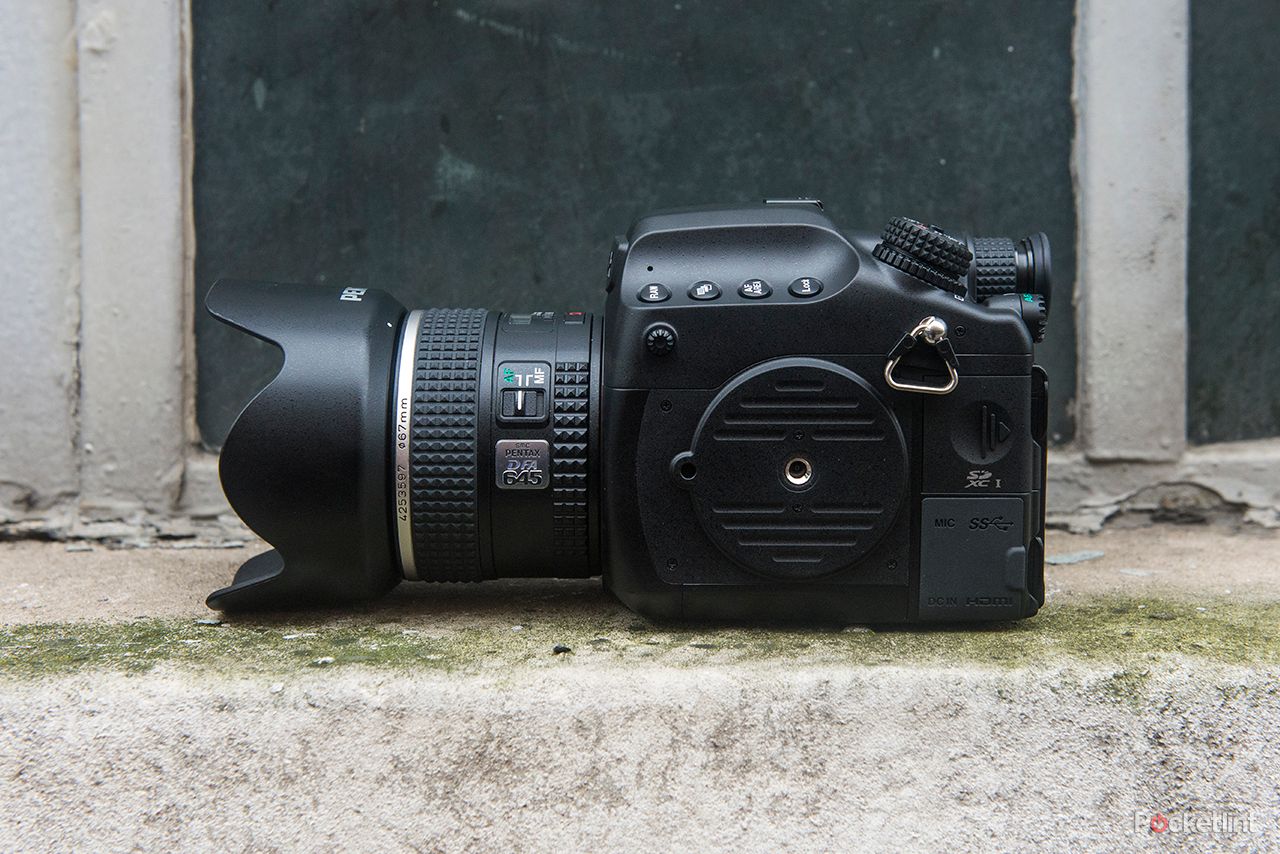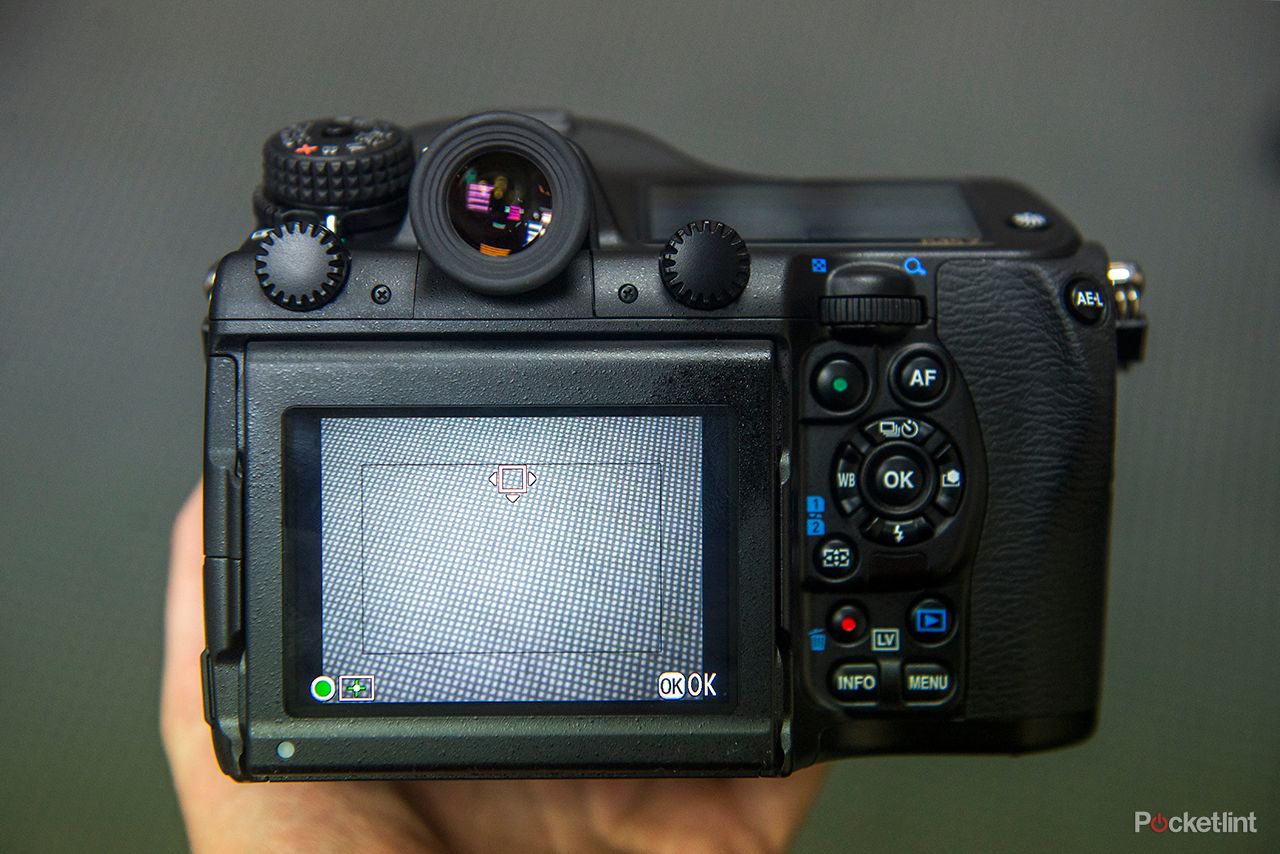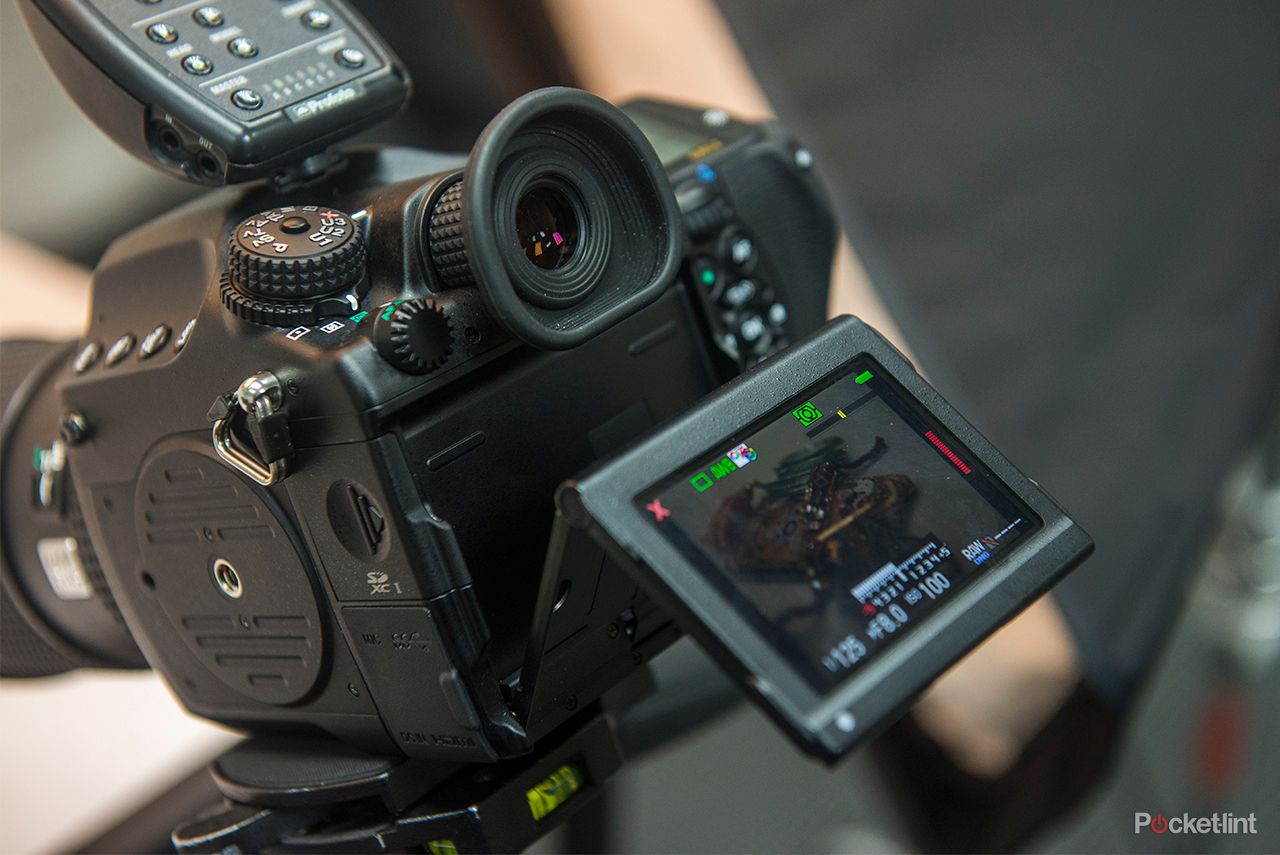Is there still life in medium format cameras? Pentax thinks so with the introduction of the 645Z, the second medium format model in its digital line. Replacing the 40-megapixel 645D, the 51-megapixel 645Z makes some critical changes, including a price drop. Does it fulfil the large-sensor dream?
To the uninitiated the 645Z looks like a giant wedge of camera; a bit of a beast. It is large, but for good reason: the 43.8 x 32.8mm sensor inside is around 1.7 times larger than even a full-frame DSLR sensor and that needs ample light coverage and, therefore a greater distance between the rear of the lens and the sensor surface.
Is all that weight worth it? After all, at 1.55kgs without a lens on the front it's far from light. If you want ultimate image quality then there are obvious benefits. We used the 645Z in a mini studio situation to shoot a still life with the 90mm lens (72mm equivalent approx) and even lugged it around outside in the rain with the 25mm lens (20mm equivalent approx).
Despite not being allowed to present sample photos from the pre-release firmware camera, the 645Z's new 51.4-megapixel sensor really does sing. We were very impressed with just how much detail was visible at the lowest ISO settings when zooming in on the rear screen, helped along by the absence of a low-pass filter in the build for ultra-sharp results.
A 13x is needed to view at 100 per cent scale - no surprise given the 8256 x 6192 pixels that go into each image. This is big scale, perfect for landscapes packed full of detail.
Perhaps surprisingly the resolution density doesn't cause too many issues as that ISO sensitivity increases. A native top-end ISO 6400 looked very clean, and even some of the extended settings such as ISO 12,800 remained usable. The maximum "extended" setting of ISO 204,800 was outside of useful boundaries, admittedly, but then we doubt users of this camera will ever need such a setting. The thing of real note here is just how much more the Z offers compared to the earlier D model, which topped out at ISO 1000 (1600 extended).
Again, the 645Z is a camera really all about still life, studio and landscape work. It's rugged and water-resistant to work in the field or indoors, although in either condition you'll probably want a tripod to take the strain. That's not essential, though, as the new and deeper grip is definitely a step ahead compared to the older 645D model - we felt comfortable walking around the streets of central London with it.
Operating the camera feels much like an oversized DSLR. There are buttons all over the place, but they're clearly marked and come in handy, from the dedicated ISO button through to the Af Area button found in among a line of four button controls atop the camera. The main points of difference are the three chunky dials for AFS/C, video/still live view and mirror up, but otherwise all the usual dual thumbwheel, d-pad, exposure area collar control and such like are available. It's even got dual SD slots rather than chunkier CompactFlash.
For a medium format camera we're impressed with the overall speed too. But to put that in context: it's not a patch on top-spec DSLR cameras if you want subjects to snap into focus in the blink of an eye. Yes, there's 3fps burst shooting - impressive given the resolution pushing through the buffer - but there's just no way you'll be able to use the camera for sports or action photography.
That's because the Safox 11 autofocus system feels like something you would find in a lower spec camera. Its reach is centrally arranged - in live view there's a limitation to where the autofocus point can be placed - and in terms of speed it take a short moment before confirming focus, akin to a more basic DSLR these days. But medium format systems have never been super-fast, so the 27-point array of the Pentax 645Z does the job it needs to do.
What it can do is continue to focus even in very low light, right down to -3EV, which is on par with the best-available Canon EOS 6D in those regards. This isn't to be overlooked, especially if you're a landscape photographer and want to get a ballpark focus direct from the camera before then tweaking it manually after. Those pre-sunrise scenes are tough to navigate by eye, so this is a helping hand.
In addition the new tilt-angle LCD screen is a welcome addition. We've always felt that medium format cameras should offer waist-level finders and the 645D caters for this and more angles besides. Live view continues to offer just as fast autofocus as the viewfinder-based system too, so no compromise on that front, while the 3.2-inch size and 1,037k-dot resolution are ample.
So the Pentax 645Z is big, heavy, and it's going to cost £6,800 for just the body. Does the medium format proposition make any sense?
For some, yes, it will. But for us we do wonder if the era is coming to a close for many more hobbyist snappers. The risk of a limited lens system minus any leaf shutter options for high speed flash sync and, on the other side of the fence, the presence of impressive high-resolution DSLR cameras such as the Nikon D800 each bring questions to our lips.
But at the same time you can't really beat the shallow depth of field available from a sensor this huge. Shoot in combination with a wide aperture lens at f/2.8 and, coupled with some precise focusing, portraits are going to look amazing. Snap at f/16 and the low-pass-free design is going to deliver glorious amounts of detail.
It's undoubtedly niche, but we can't help but have a little love for this big wedge of a camera. Kudos to Pentax for making the 645Z that much of a step forward compared to the original 645D model. How many will sell is likely to be a reflection of where today's market is heading, not a reflection on quality.

